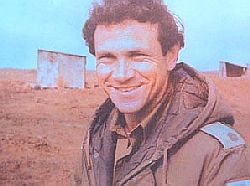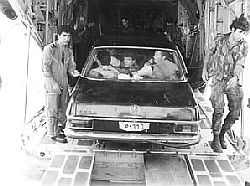

Excerpts;
Officer Amitzur Kafri curled up around a bag of oranges on the floor of the Hercules-130 military plane, drifting in and out of sleep.
Around him, 28 fellow Israeli Sayeret Matkal special forces reconnaissance soldiers in fake Ugandan army uniforms sat or lay, squished together, sweating and silent, on their way to Entebbe, Uganda.
Preceding them by six days were 100-plus Israeli and other Jewish passengers from skyjacked Air France flight 139, held at gunpoint in Entebbe after most non-Israeli passengers were freed.
The soldiers were drooping after intense training through the night followed by endemic vomiting the first leg of the flight, as the squads flew low to the ground under the radar and through heavy turbulence to avoid detection by Egyptian, Jordanian, Saudi, American and Russian radars.
The plan to rescue the more than 100 hostages held at Uganda’s Entebbe airport was certainly unprecedented. The elite team was used to covert operations on Israeli or nearby soil, where the terrain was familiar. But passing over Ethiopia and then Kenya, their final mission in Uganda would be an unparalleled 3,800 km. from Israel; the round-trip distance too far for the Hercules to handle without refueling.
“It was very scary and the line between failure and success was very fine… Maybe all of them would have died if we hadn’t tried. Or maybe our plane could have crashed and we could have died. But if you rescue someone you can’t count how many die on the way. If I rescue one and ten die, you could say it’s wrong – but you can’t make these calculations. The one has to know that someone is coming to rescue him. As a country, you should not count.”
To read the complete article, click Back to Entebbe
For more remembrances of the rescue at Entebbe, click